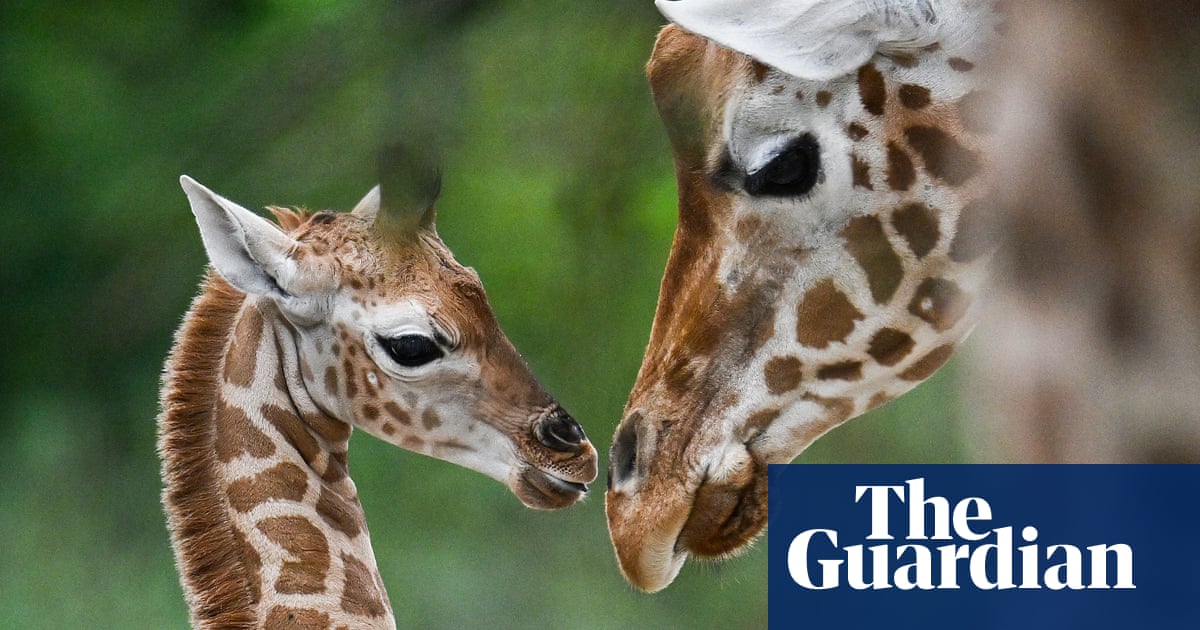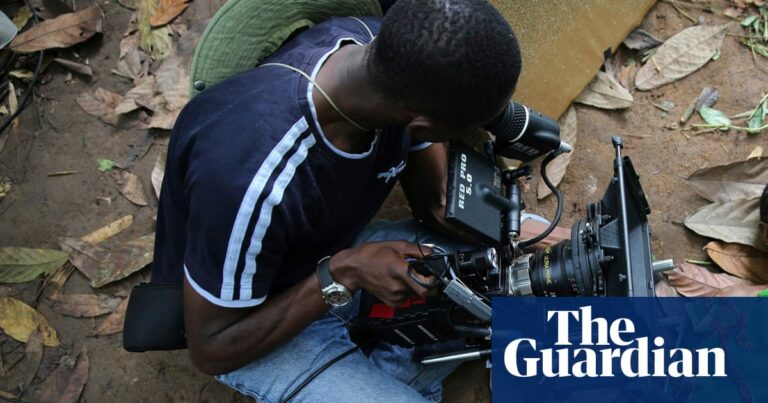
They are the tallest animal to roam the Earth and have become an icon of children’s books, toys and awed wildlife documentaries. But giraffes are in decline, which has prompted the US government to list them as endangered for the first time.
Giraffes will be listed under the US Endangered Species Act, the US Fish and Wildlife Service has proposed in a move that will cover five subspecies of the animal. The agency hopes the listing will crack down on the poaching of giraffes, as the US is a leading destination of rugs, pillowcases, boots, furniture and even Bible covers made from giraffe body parts.
“Federal protections for giraffes will help protect a vulnerable species, foster biodiversity, support ecosystem health, combat wildlife trafficking and promote sustainable economic practices,” said Martha Williams, director of the US Fish and Wildlife Service. “This action supports giraffe conservation while ensuring the United States does not contribute further to their decline.”
Growing to about 19ft tall and instantly recognizable from their prodigious necks and brown-and-white patterned bodies, giraffes are found widely across the savannas and woodlands of subsaharan Africa. But poaching, habitat loss and the climate crisis have slashed giraffe numbers by more than 40% since the 1980s, with only about 69,000 of them left.
The fragmenting of giraffes’ home ranges for people’s homes and farmland and intense droughts spurred by the human-caused climate crisis are the key threats to the lofty animals. But poaching is placing an additional stress upon them. Long prized for their hair and tails in traditional medicine, giraffes are now targeted by hunters for bushmeat and for trophies taken by westerners.
The International Union for Conservation of Nature listed several subspecies of giraffe as critically endangered in 2018. The new Fish and Wildlife Service action will mark three subspecies of northern giraffe, living mainly in Cameroon, Chad, Niger and Uganda, as endangered. The population of these subspecies has plummeted by 77% since 1985, the service said, to 5,919 individuals.
A further two subspecies in east Africa, the reticulated and the Masai giraffes, are set to be listed as threatened, a step below the endangered status. The proposed listings will be finalized within a year.
Once enacted, the listing will require permits for giraffe parts imported to the US and help boost funding for giraffe conservation. Environmental groups that have been campaigning for years to try to get various giraffe species listed welcomed the move but said that it is long overdue.
“These gentle giants are suffering a silent extinction, and Endangered Species Act safeguards will curb US imports of giraffe skins and other body parts,” said Tanya Sanerib, international legal director at the Center for Biological Diversity, which petitioned for protections for giraffes in 2017, only to later sue when this did not happen.
Sanerib pointed out that recent data, from 2022, “shows everything coming into the US, from giraffe tails and skulls to lots of skins, leather products, bones, bone carvings, of course hunting trophies, giraffe feet, giraffe rugs and giraffe jewellery”.
“The proposed protections are good news for giraffes, but it’s tragic that it took seven years to get here,” she said. “US officials should be racing like a cheetah to fight the global extinction crisis, but they’re actually moving at a snail’s pace to protect imperiled wildlife.”
The Endangered Species Act includes conservation safeguards that were absent from a 2019 ruling by the Convention on International Trade in Endangered Species that attempted to introduce regulation for the international trade in giraffe parts for the first time, but which many experts believe was largely ineffective.
International groups have also welcomed the proposal.
after newsletter promotion
“Giraffes are in trouble and the fact that there are four distinct species makes their situation even more dire,” said Stephanie Fennessy, executive director of the Windhoek, Namibia-based Giraffe Conservation Foundation.
“The attention for giraffes generated through this rule will help increase awareness of their plight and the fact that not all giraffes are the same. Ultimately, this attention will hopefully convert into more funding support and interest to save all four species of giraffe in the wild in Africa.”
The Fish and Wildlife Service has set a deadline of 19 February next year to receive public comments through its website. It will review submissions before publishing a final rule.
Sanerib said she was “holding out hope” that the process would survive the transition from the Biden administration to the second term of Donald Trump, whose climate policies are widely seen as a looming disaster for the environment and vulnerable wildlife.
“Everyone loves giraffes, that’s not a partisan issue, right? This is a species that crosses the political divide, a species everyone cares about,” she said.
“And a lot of the reasons why things get tangled up with our Endangered Species Act in the US is because it impacts the states, and when those species are foreign, that doesn’t come into play.
“So I think the main entity that’s going to raise opposition to this listing is the trophy hunting industry, and the question is going to be: how much sway do they have with this new administration?”
Source: theguardian.com


















